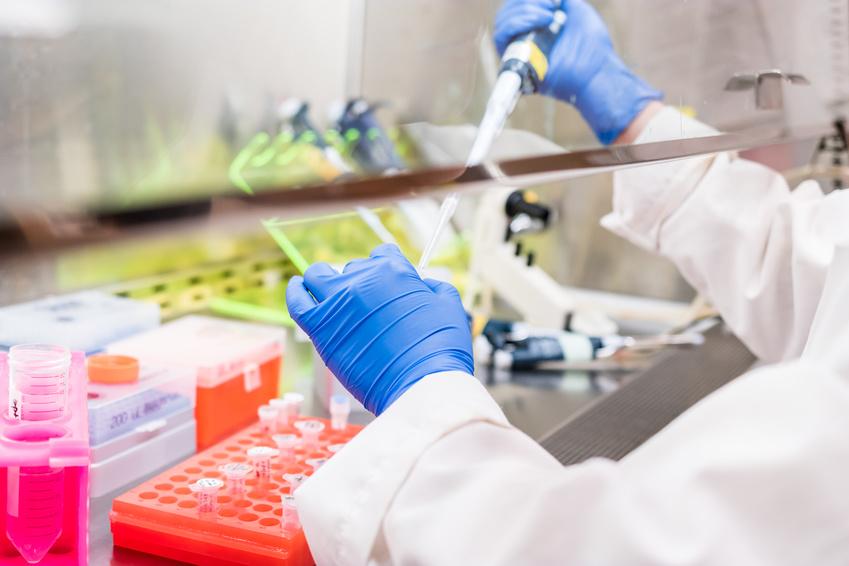
Science is an expansive and constantly evolving field. As more discoveries are made, our understanding of the world we live in grows and develops in (occasionally) incomprehensible ways; we learn what benefits us, what harms us, and everything in between. Laboratories are often at the forefront of such revelations and are protected as such.
Although there are a number of good manufacturing procedures (GMP) standards in place to ensure the miracle drugs and chemicals we're creating won't hurt those they're intended to heal, fume hoods play a main role. By constantly filtering out impurities from the air, they reduce the risk of contamination and help keep the lab space as pristine as possible. Here are four types of fume hoods you can expect to see in a laboratory.
- Acid digestion hoods: Many fume hoods are made of epoxy and metal and focus exclusively on filtering air for purification purposes. Acid digestion hoods are made (as their name cleverly suggests) to resist the damage acid can do; rather than metal, they are built with polypropylene and polycarbonate materials for added protection.
- Downflow hoods: When working with heavier-than-air gases (such as argon or hydrogen sulfide), you need a hood that will be able to pull them in. Downflow hoods suck air through the workbench so those heavier-than-air gases are still taken care of.
- Radioisotope hoods: Handling radioactive materials requires lead shields for bodily protection. Radioisotope hoods are built from stainless steel and are solid enough (and strong enough) to bear the weight of those lead shields.
- Waterwash hoods: Certain chemicals can be harmful in a multitude of ways. Provided they don't interact negatively with water, waterwash hoods ensure that any residue leftover on the walls and bench gets washed clean. The hood that you choose depends entirely on the specific needs of your lab and the experiments being performed.
When it comes to GMP standards, the U.S. is unsurpassed. It's why we are able to maintain the status of the number one producer of chemical products globally -- from GMP storage to GMP synthesis, our clean room standards ensure that everything is safe from contaminants.
